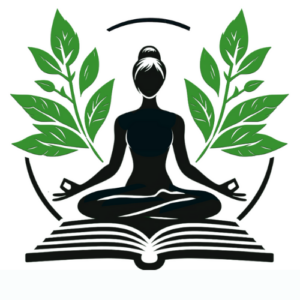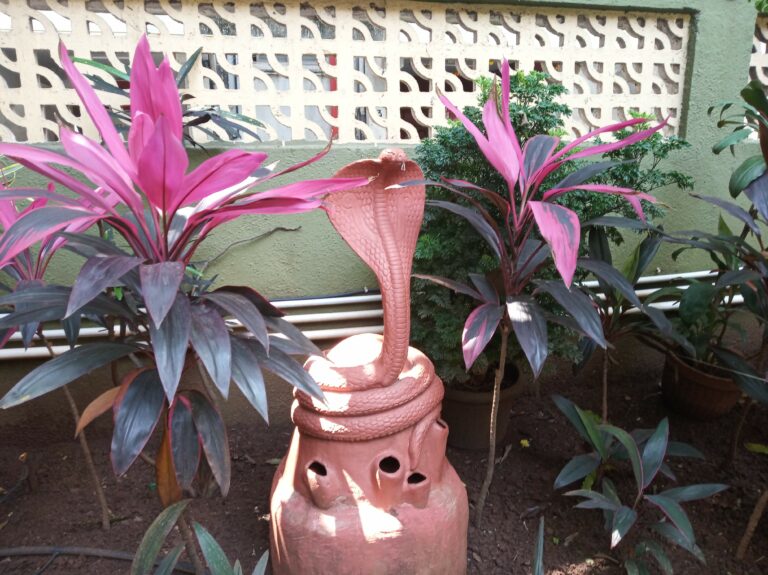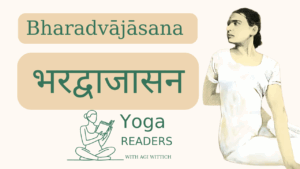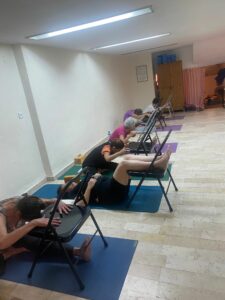In the sacred space of Iyengar Yoga, particularly within trauma-informed settings, we encounter a fundamental truth: the recognition and respect of body boundaries forms the cornerstone of our practice. This principle takes on profound significance when working with individuals who have experienced trauma or those dealing with secondary trauma, where the relationship with one’s body and personal boundaries often becomes complex and challenging.
The impact of trauma on our bodily connection manifests in deeply personal ways. For many who have experienced trauma, the relationship with their body can feel distant or overwhelming, like trying to navigate through fog without a compass. This disconnection extends to those experiencing secondary trauma—partners, caregivers, and support persons—who may find themselves similarly distanced from their bodily awareness. In these situations, the body transforms from a space of safety into one of uncertainty, where both physical and emotional boundaries become blurred or compromised.
Iyengar Yoga emerges as a beacon of hope in this landscape of disconnection. Through its thoughtful, structured approach, practitioners discover a gentle path back to themselves. This journey of reconnection unfolds not through force or pressure, but through patient, consistent awareness and deep respect for personal limits. Each practice becomes an opportunity to rebuild trust with one’s body, creating a foundation for profound healing and empowerment that extends far beyond the yoga mat.
The awareness we cultivate through this practice ripples outward, influencing how we interact with the world around us. When we learn to acknowledge and honor our physical boundaries in yoga, we simultaneously strengthen our ability to maintain healthy boundaries in all aspects of life. This simple yet transformative act of listening to and respecting our limits builds a quiet confidence that permeates our daily experiences.
As an Iyengar yoga teacher, I approach this boundary work with careful attention to individual needs and experiences. Our methodology embraces a gradual exploration, where poses and movements unfold with patience, allowing practitioners time to sense and understand their body’s responses. We cultivate a non-competitive environment where each person explores their current capacity without comparison—either to others or to their own practice on different days. Through clear, supportive communication, practitioners develop trust in their internal guidance system.
Perhaps one of the most profound lessons in this work is understanding the dynamic nature of boundaries. They are not fixed lines drawn in stone but fluid markers that shift with our physical and emotional state. These changes may occur from day to day or even moment to moment. Rather than viewing this variability as inconsistency or weakness, we recognize it as an expression of our body’s wisdom in responding to different needs at different times.
When we speak of honoring boundaries in practice, this manifests in several meaningful ways throughout our yoga journey. The most fundamental expression begins with modifying poses to align with our current energy levels, understanding that our capacity varies naturally from day to day. This might mean taking a gentler variation of a pose or adjusting the duration of our hold—each modification representing a conscious choice to listen to our body’s wisdom.
Equally important is the practice of taking breaks when our body or mind signals the need for rest. These moments of pause are not signs of weakness but rather demonstrations of deep self-awareness and respect for our inner knowing. We learn to take these breaks without judgment, understanding them as essential components of a sustainable practice.
The use of props becomes another powerful way to honor our boundaries. Whether it’s reaching for a block to bring the floor closer, using a blanket for joint protection, or finding stability with a wall, props offer us the support we need to practice safely and comfortably. These tools become allies in our practice, helping us find the sweet spot between effort and ease.
Clear communication with our teacher represents yet another aspect of boundary respect. This might involve asking questions about modifications, expressing discomfort, or seeking alternatives when a pose doesn’t feel right. Such open dialogue creates a collaborative relationship that supports our practice and helps us feel seen and understood.
Perhaps most importantly, we learn to honor those days when our body simply says “not today.” This might mean completely modifying our practice or sometimes choosing not to practice at all. This level of self-respect and boundary recognition often proves to be one of the most challenging yet transformative aspects of our yoga journey.
The skills developed through this mindful boundary awareness extend far beyond physical postures. As practitioners become more attuned to their body’s signals and more confident in honoring their limits, they naturally begin to set and maintain healthier boundaries in other areas of their lives. This transfer of awareness from mat to daily life happens organically, as the body’s wisdom begins to inform choices and interactions in all spheres.
The journey of recognizing and respecting body boundaries continues to unfold with each practice session. Every time we step onto our mats, we encounter new opportunities to listen, learn, and grow in understanding. Through this patient, consistent work, practitioners develop not just physical awareness but also a deeper sense of self-trust and empowerment that becomes increasingly natural and intuitive.
In our trauma-informed classes, this work takes on special significance as we create a space where boundary exploration is not just permitted but actively encouraged. The emphasis remains steadfastly on personal discovery rather than achievement, allowing each person to find their own path to embodied awareness. In this safe container, practitioners can explore their edges while feeling fully supported in their choices.




